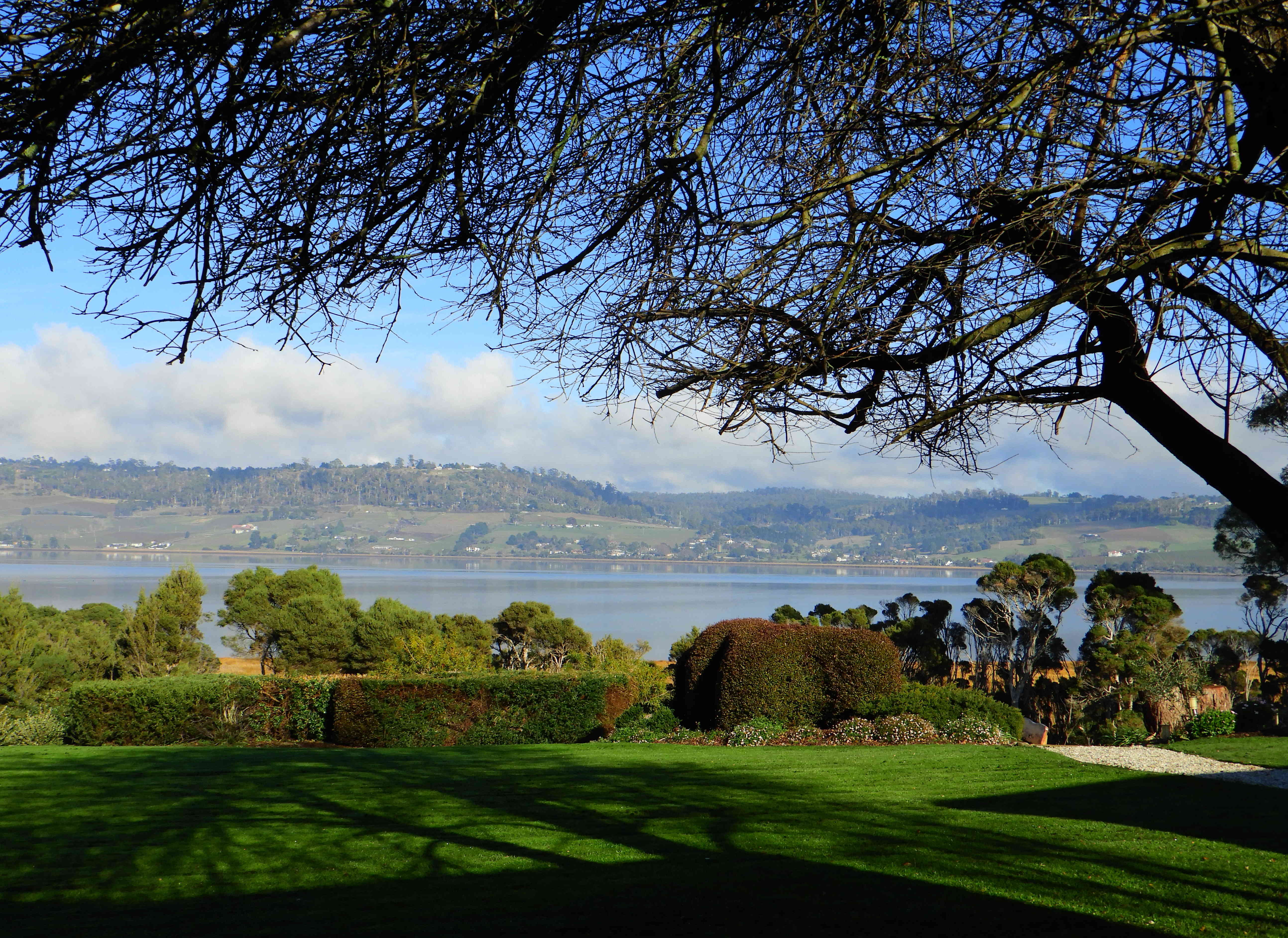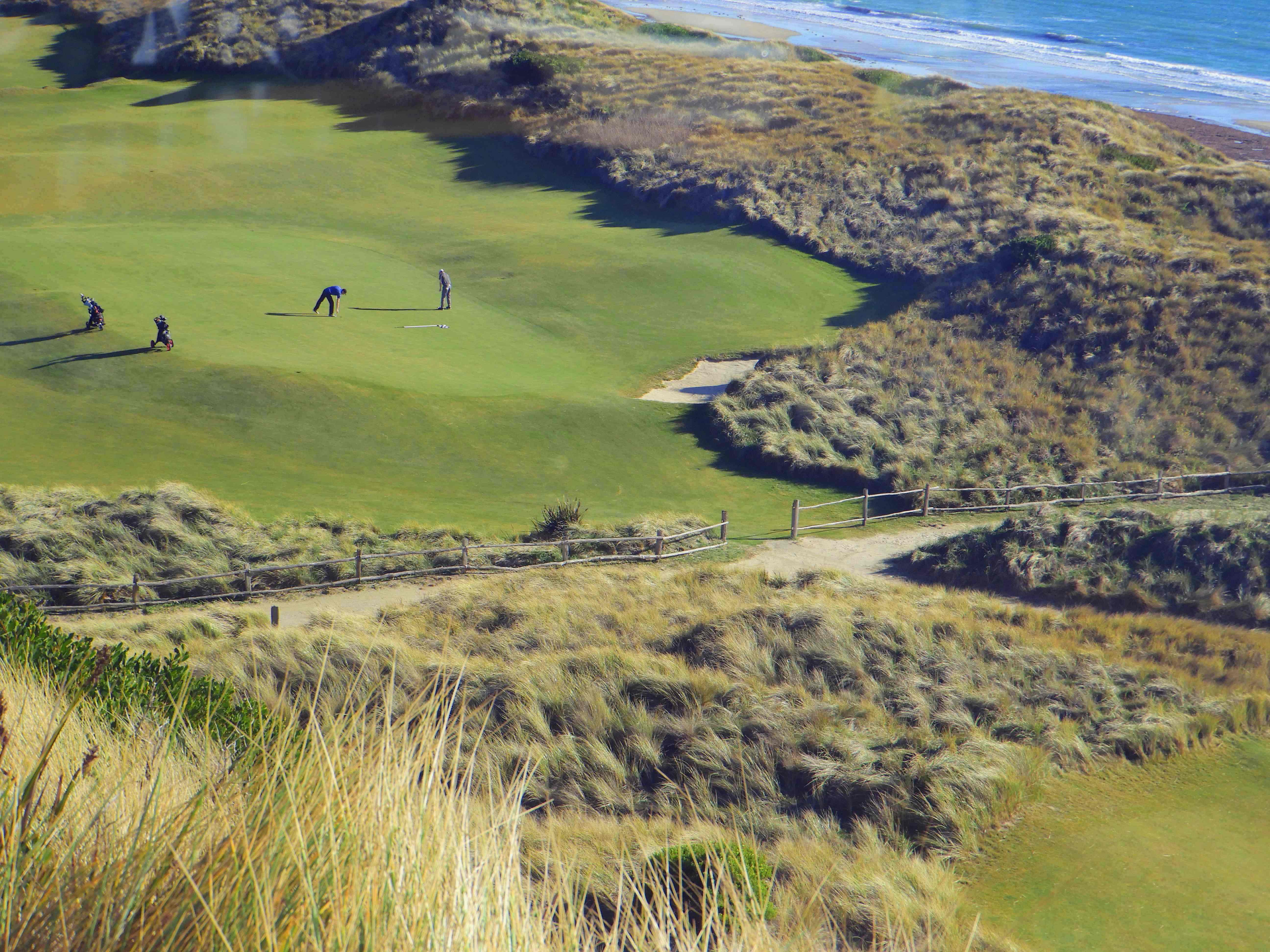A winter stay at Olive’s Cottage
In the middle of June we flew to Tasmania to stay at Olive’s Cottage for three days. The main reason was one of my sisters was having a big birthday. A special lunch was arranged.
We knew we wouldn’t have much time for cooking during our stay. After picking up the hire car at the airport, we stopped in at Launceston for a quick shop. We had decided to make a batch of soup to provide us with a couple of easy meals if time became short.
While we would soon have it simmering away, what we didn’t know was also brewing was a storm about the church at Windermere, just a short distance from the cottage and where the ashes of my parents, George and Olive, rest.
In the next two days, apart from having two meals of soup, we would have two outstanding restaurant meals, enjoy a delightful home-cooked meal with friends and we would cook scones for our neighbours who are hoping to stop the Windermere Church from being sold.
Our new view
Sadly in February, on the advice of an arborist about its safety, the large gum tree over the barbecue table had to come down. At the same time, vegetation in the block next door was tidied up. The end result is a much more expansive view at Olive’s Cottage. We weren’t there when the tree felling was done, so we were keen to see the end result. In the middle of winter, the Tamar weather can be magnificent and our new view proved to be magnificent too.
A special lunch at a special place for a special birthday
For her big birthday, a lunch had been arranged at the restaurant at Barnbougle Lost Farm Golf Course, Bridport. There are two golf courses at Barnbougle. The Lost Farm one has a restaurant with an amazing view and we could not have chosen a more special place. It looks down over the golf course and out to Bass Strait. Is there another restaurant in Australia that can beat this view?
George’s Soup
The standard soup we make at home is based on the method used by my father, George. It is probably a method that is widely used, but for what it is worth, we repeat it here with our updates for modern ingredients and equipment.
For as long as I could remember, George would often cook on a rainy day. When there was a surfeit of vegetables around he would make a batch of soup. Being very poor, Mum and Dad didn’t own a fridge until the mid-1960s. They wouldn’t own a freezer for another 15 years. Thus, they couldn’t make stocks and freeze them. Meat had do to be used within a few days. Vegetables would last well in the shed in winter, but would deteriorate quickly in warm weather.
The vegetables would always have come from Dad’s garden. The meat would be cheap cuts of beef, lamb or pork, and bones. On rare occasions he would have access to a ham hock or some bacon carcass. In the early days water was the only liquid added, but with the introduction of stock cubes into the shops, a couple of those would be thrown in, along with some squirts of Maggi Aroma (a liquid seasoning in a small bottle). Wine was not available, nor were cheap liquors apart from sherry. Garlic was always added and some herbs. But Dad’s special touch was to put in a dessertspoon or so of Keen’s Curry Powder which made all the difference. Sometimes he would thicken the soup with some split peas or pearl barley. The vegetables were always always the starting point, being sweated (sautéed) in some dripping. They would be added in stages as they were prepared.
The method given below follows George’s basic rules but in an updated form. All vegetables should be washed and dried, then coarsely chopped. If you have some flavourful dripping (again, beef, lamb or pork or a mixture), use it.
The soup can be eaten within hours but is often better the next day. If you leave it overnight, add the beans, pearl barley and split peas the next day.
Ingredients for four people (large serves):
- 2 tbsps dripping, butter or oil (or a mixture)
- 1 large brown onion
- 2 sticks celery
- 1 large carrot
- 1 large swede
- 2 medium turnips
- Other vegetables as desired such as sliced cabbage, Brussels sprouts, capsicum, cauliflower, etc.
- 4 cloves garlic
- 500 g diced meat (beef, lamb or pork or a mixture)
- 500 g meaty bones
- small ham hock or some bacon bones in several pieces
- 1 dstsp Keen’s Curry Powder (or equivalent)
- water, stock (meat or vegetable) or white wine or a mixture
- 1or 2 tbsps chopped fresh herbs
- ½ tbsp thyme
- 3 bay leaves
- salt and black pepper to taste
- (optional) soaked or tinned beans (400 g)
- (optional) chopped fresh or tinned tomatoes (400 g) to taste
- (optional for thickening) 1/2 cup pearl barley and/or split peas
- herbs for garnish
- crusty buttered bread
Method
Melt the dripping, butter or oil in a large stockpot (adding more later if needed).
Prepare the vegetables in turn as shown then add to the stockpot, allowing them to sweat over low heat. Toss from time to time and with each additional vegetable.
Add the garlic, toss.
Add the meat and bones and toss. Stir in the curry powder.
Add in your chosen liquid(s), enough to cover the mixture well.
Add the herbs and season with salt and pepper.
Allow to simmer away for an hour or three until the vegetables and meat are tender. Perhaps turn off the heat and then reheat a bit later. An hour or so before finishing, if you are using them, add beans and tomatoes, then the barley and split peas. If the bones are big or awkward, strip the meat off them, chop the meat and return to the soup, discarding the bones.
Serve garnished as desired, with crusty buttered bread. Serves four as a substantial main meal or eight normal serves.
Equipment: Large stock pot.
Degree of difficulty: 2/5 (not difficult). Allow 30 minutes for preparation.
Continued: Scones & A Church In Crisis







